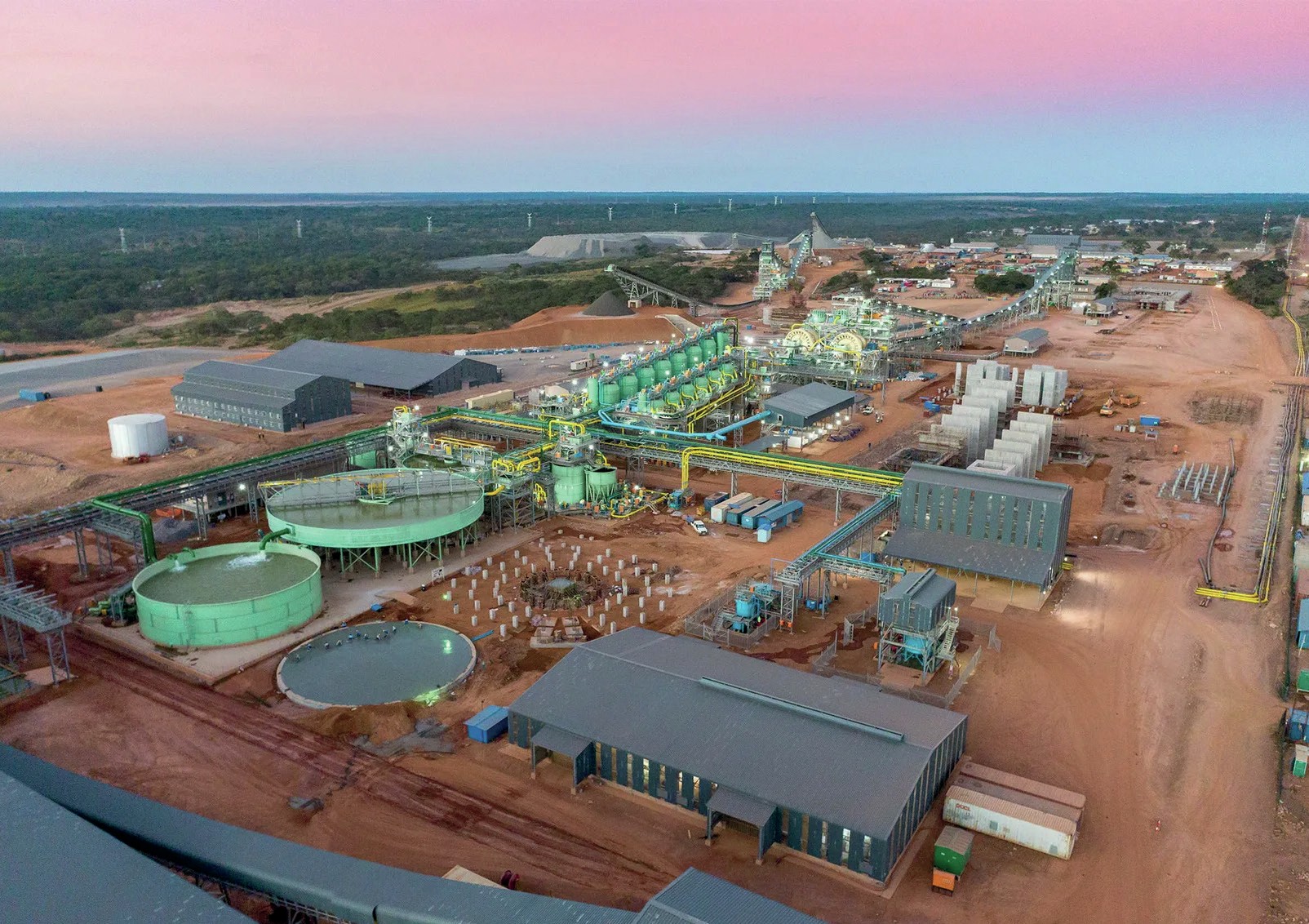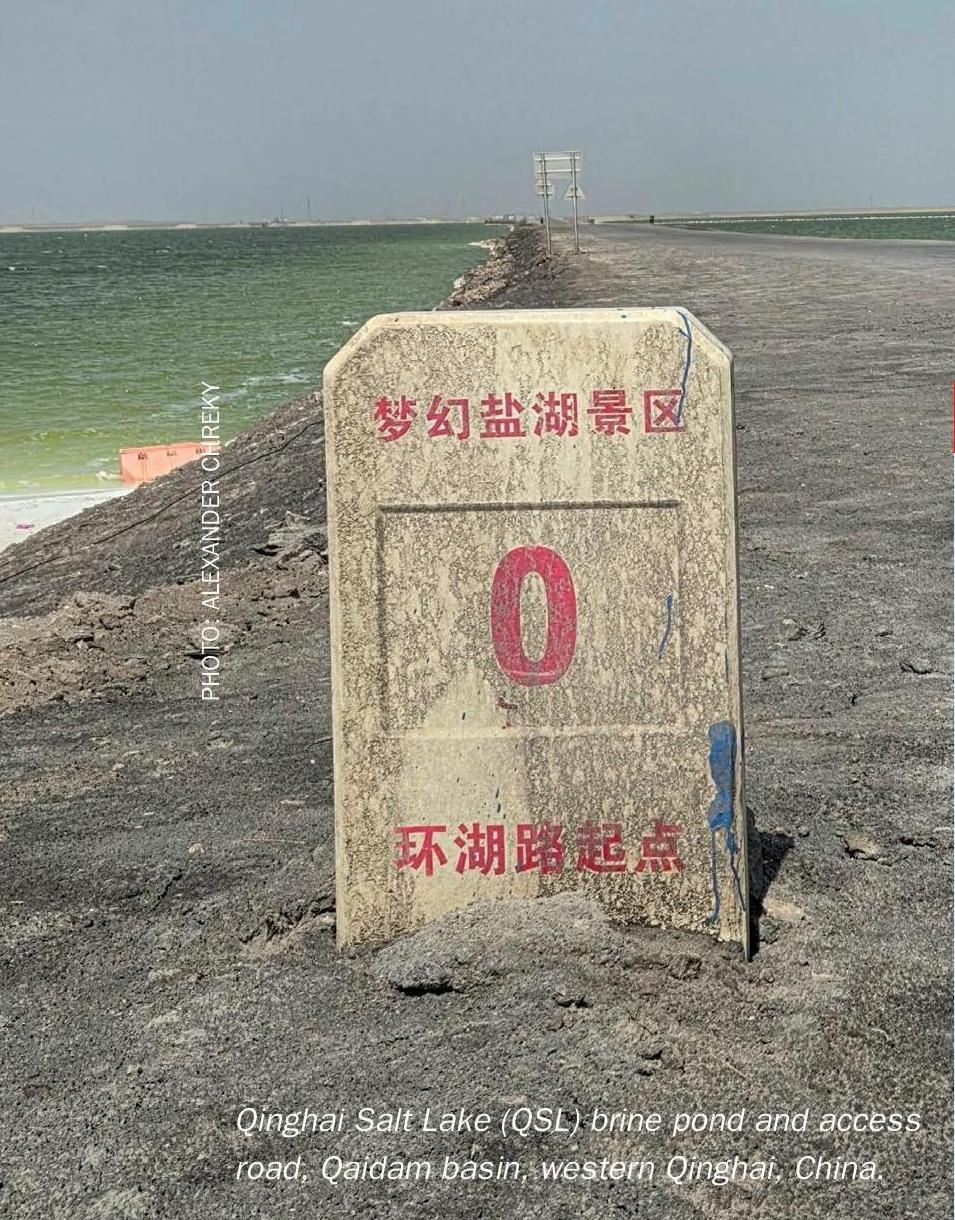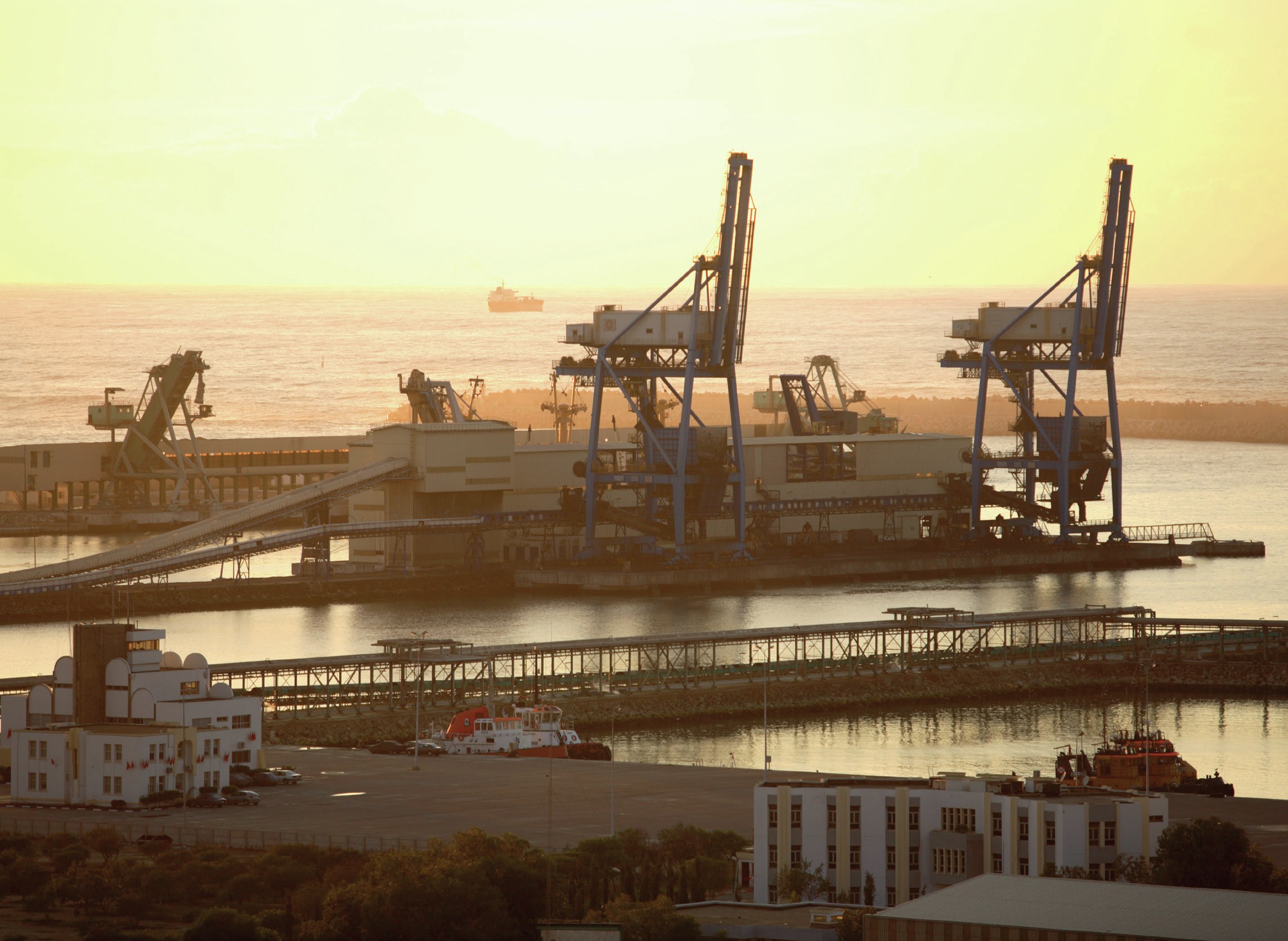Nitrogen+Syngas 385 Sept-Oct 2023
30 September 2023
Syngas News Roundup
Syngas News
UNITED STATES
Green methanol plant for Louisiana
SunGas Renewables Inc. has formed a new subsidiary, Beaver Lake Renewable Energy, LLC (BLRE), to construct a new green methanol production facility in central Louisiana. The project will have a capacity of 400,000 t/a of green methanol, using gasified biomass, specifically wood fibre from local, sustainably-managed forests as feedstock. The methanol will have a negative carbon intensity through sequestration of the nearly 1.0 million t/a of carbon dioxide produced by the project, which will be executed by Denbury Carbon Solutions. The methanol will then be used as a clean marine fuel by A.P. Moller–Maersk, which is building a fleet of methanol-powered container vessels.
SunGas Renewables anticipates that BLRE will require approximately $2 billion to construct the project at the former International Paper facility in Rapides Parish. A front-end engineering and design study on the site is planned to begin in October. The company expects to make a final investment decision in August 2024, with construction expected to begin in late 2024 and commercial operations commencing in 2027.
Emma Mazhari, Head of Energy Markets at Maersk, said, “A.P. Moller–Maersk is excited to be partnering with SunGas Renewables, which is pioneering a truly large-scale pathway to green methanol with its Beaver Lake Renewable Energy facility. We would like to thank SunGas Renewables for showing great leadership and for its commitment to the green transition of energy. This is helping Maersk to deliver valuable services to our customers and is aligned with our aim to reach net zero greenhouse emissions by 2040. Together, as pioneers in the field, SunGas and Maersk are driving a much-needed transition in a heavy pollution industry. We hope that work can be accelerated further in the years to come.”
“Using biomass from sustainably managed forestry along with carbon capture allows our project to generate green marine shipping fuel while simultaneously removing carbon from the atmosphere. This new low-carbon marine fuel facility also helps strengthen communities and create sustainable economies right here in Rapides Parish, Louisiana,” said Robert Rigdon, CEO of SunGas Renewables. “As we continue our mission to make a meaningful impact in the energy transition, we look forward to collaborating with all our project partners and the State of Louisiana to construct and operate this important project. This incredible effort happening right here in Pineville will be an innovative and industry leading low-carbon energy solution that will help fuel a better world.”
DENMARK
Clariant catalyst selected for renewable methanol project
European Energy has selected Clariant´s methanol synthesis catalyst MegaMax for its green methanol project. Located in Kasso, Denmark, the facility is scheduled to start operations by the end of 2023. It will have the capacity to produce 32,000 t/a of methanol from carbon dioxide. MegaMax was chosen to deliver high activity and stability under the challenging conditions of CO2 -to-methanol conversion.
European Energy was founded in 2004 with the goal of driving the green transition and developing sustainable, fossil-free energy solutions. The company has major investments in solar and wind energy projects, as well as power-to-X and carbon capture technologies, and builds 1,000 MW of renewable energy annually. A large portion of the plant’s annual yield is already allocated to the maritime giant Maersk for powering its first-ever carbon-neutral fleet. The remaining green methanol will be supplied to the Lego Group and Novo Nordisk.
Georg Anfang, Vice President Syngas and Fuels at Clariant Catalysts, commented, “We are proud to be part of this pioneering project with European Energy. Clariant Catalysts has been developing Power-to-X technologies, including green methanol, for over a decade. As a substitute for maritime bunker fuel, green methanol has a huge potential to be a key component of the energy transition to decarbonize the transport sector.”
Anders Brendstrup, Vice President at European Energy, added, “We are very pleased to have Clariant on board. Their renowned expertise and advanced products are a perfect match for our vision to drive the green energy transition. We see many advantages in our partnership, not only for this ground-breaking project but also for future ventures.”
UNITED KINGDOM
Ørsted and ESVAGT sign second contract for methanol-powered vessel
Ørsted and ESVAGT have signed an agreement for a sister vessel to the world’s first methanol-powered service operation vessel (SOV), which was announced in 2022. The SOV will be ready for launch in 2026, where it will operate out of Ørsted’s UK East Coast Hub on a 10-year contract, maintaining offshore wind turbines. It will be powered by dual fuel engines, capable of sailing on renewable methanol, which will lead to a carbon emissions reduction of approx. 4,500 t/a. Ørsted is developing a 50,000 t/a renewable methanol facility, FlagshipONE in Sweden, which is expected to be operational in 2025, and expects to supply its own methanol for both of the SOVs. Several other maritime companies have placed orders on methanol-powered vessels, demonstrating that the demand for green fuels is materialising rapidly.
Mark Porter, Head of Operations Europe at Ørsted, said: “As the world leader in offshore wind, Ørsted will continue to look for the best green alternatives to fossil fuels. E-methanol is a strong match for our SOVs, and we’re very pleased that we, along with ESVAGT, will soon welcome the second methanol-powered vessel to our fleet.” Søren Karas, Chief Strategy & Commercial Officer at ESVAGT, added: “ESVAGT is deeply committed to continuously innovating to deliver lower emission solutions. We are looking forward to bringing the first methanol powered SOVs to the market”.
Over the past two years, Ørsted has built up a diverse portfolio of green fuel projects, three of which focus on producing green methanol for maritime transport. As well as FlagshipONE in Sweden, projects include ‘Project Star’ on the US Gulf Coast, which will supply 300,000 t/a of methanol for A.P. Moller–Maersk’s fleet of zero-emissions vessels, and the ‘Green Fuels for Denmark’ project in Copenhagen, where Ørsted is working with major Danish players in heavy transport, including shipping.
AUSTRALIA
Solar methanol project
Australian solar power developer Vast has contracted with global design and manufacturing firm Contratos y Diseños Industriales (CYD) to facilitate early design work on Vast’s VS1 project, a 30 MW concentrated solar power (CSP) plant at Port Augusta in South Australia. CYD will begin early design work using a virtual model to simulate the construction and operation of the project’s thermal energy storage tanks, which contain molten salt. Vast and CYD have been collaborating on the development of new thermal storage tank designs for the VS1 project. Vast’s CSP technology, demonstrated at a pilot plant in Jemalong, uses modular arrays of solar towers and receivers to capture and store energy from the sun for electricity or heat. The Vast technology uses sodium as a heat transfer fluid and claims improved system efficiency, reducing costs.
Vast has previously appointed Worley’s Advisian to complete basic engineering and front-end engineering design. The VS1 project is budgeted at A$203 million, but has received an A$65 million grant from the Australian Renewable Energy Agency (ARENA) as well as a A$40 million pledge from ARENA and Germany for a proposed solar methanol facility and hydrogen electrolyser alongside the VS1 plant. The VS1 solar power project is expected to be operational by 2024.
BELGIUM
Honeywell and ZoneFlow complete steam reforming pilot project
Honeywell International Inc. and ZoneFlow Reactor Technologies say that they have successfully conducted pilot plant testing of the ZoneFlow Reactor in ZFRT’s large-scale pilot plant at the Université Catholique de Louvain in Louvain-la-Neuve, Belgium. The testing validated increased steam reforming capacity by at least 15% in terms of feed flow compared to conventional state-of-the-art pellets, with no higher methane slip and without increasing the maximum tube skin temperature or pressure drop. This increased production of hydrogen allows for the steam methane reformer to convert hydrocarbon feeds such as natural gas or naphtha and steam into syngas.
In 2021, Honeywell UOP and ZoneFlow Reactor Technologies, LLC signed a joint development agreement to grow and commercialize the ZoneFlow Reactor technology. This technology can provide a significant improvement in the productivity and cost-effectiveness of steam methane reforming for hydrogen and syngas production.
“The combination of Honeywell’s domain expertise and ZoneFlow’s Reactor technology is geared to provide high value creation for both new and existing steam methane reforming units. There are over 800 steam methane reforming units worldwide for hydrogen generation and a similar number employed for ammonia and methanol production. The successful testing can allow for significant capital savings for new steam methane reforming plants and higher productivity for existing plants,” said Ted Faiella, vice president and general manager of Equipment, Honeywell UOP Process Technologies. “As ZoneFlow’s reactors can increase hydrogen production with existing assets, this ready-now technology can play a major role in the energy transition as refineries look to burn hydrogen instead of natural gas to lower their carbon emissions.”
Louvain University has also been testing a biomass gasification process developed by EQTEC using a steam-oxygen technology to convert grade B waste wood – lower-quality wood waste which can be challenging to gasify as it typically consists of lower-grade or contaminated wood which may contain non-reactive materials such as glass or metal that must be removed from the fluidised bed to avoid low-efficiency reactions. EQTEC says that the Biogaz Gardanne project shows that steam-oxygen gasification technology can be applied at commercial scale on plants seeking to produce advanced biofuels.
TRINIDAD & TOBAGO
Restart unlikely for Titan plant
Hopes for a restart of Methanex’s mothballed Titan methanol plant on Trinidad have faded. Methanex has wholly owned the Titan plant since 2003, and idled it in March 2020 as methanol demand fell due to the covid pandemic. But the company said in 2021 that the plant would remain idled “indefinitely” until it could source natural gas feedstock for it on “commercially acceptable” terms, following negotiations with the Natural Gas Company of Trinidad & Tobago (NGC). There were indications earlier in the year that these negotiations might be bearing fruit. However, both parties have gone silent on the matter and former energy minister Kevin Ramnarine recently told local press that he does not see Titan returning to operation at present. Methanex has also indicated it was considering relocating the facility to a brownfield site such as Geismar, Louisiana, Medicine Hat Alberta, or Egypt.
Methanex continues to operate the 1.8 million t/a Atlas plant on Trinidad, in which it owns a 63% stake, producing around 1.0 million t/a in 2022 and likely a similar amount this year, although there is an ongoing tax dispute with Trinidad’s Board of Inland Revenue concerning certain fixed price methanol sales contracts from 2005-2016.
CANADA
Enerkem and Technip to collaborate on waste-to-fuel technology
Technip Energies and Enerkem Inc. have signed a memorandum of understanding to enter into a collaboration agreement aimed at accelerating the deployment of Enerkem’s technology platform for biofuels and circular chemical products from non-recyclable waste materials. Since 2016, Enerkem has been operating a commercial demonstration scale facility at Edmonton, Alberta, Canada.
Technip Energies will contribute its expertise in engineering, technology integration and project delivery to support projects developed by Enerkem. This partnership will enhance Enerkem’s project delivery capacity and speed. Furthermore, the collaboration will focus on strategic efforts to optimise design elements and industrialise the approach through the replication of Enerkem’s designs for future projects. To expedite the deployment of its technology, Enerkem intends to establish a Development Company (DevCo). The purpose of DevCo is to acquire sites and secure relevant permits for the replicable methanol biorefinery design, supporting the production of bio and low-carbon fuels, as well as circular chemicals.
Dominique Boies, CEO of Enerkem, stated: “We are excited to partner with Technip Energies to accelerate the deployment of Enerkem’s technology in Europe, North America, and the Middle East. Technip Energies’ extensive expertise will enable Enerkem’s clients to benefit from projects speed to market and cost efficiencies, supporting their decarbonisation efforts and sustainability goals.”






